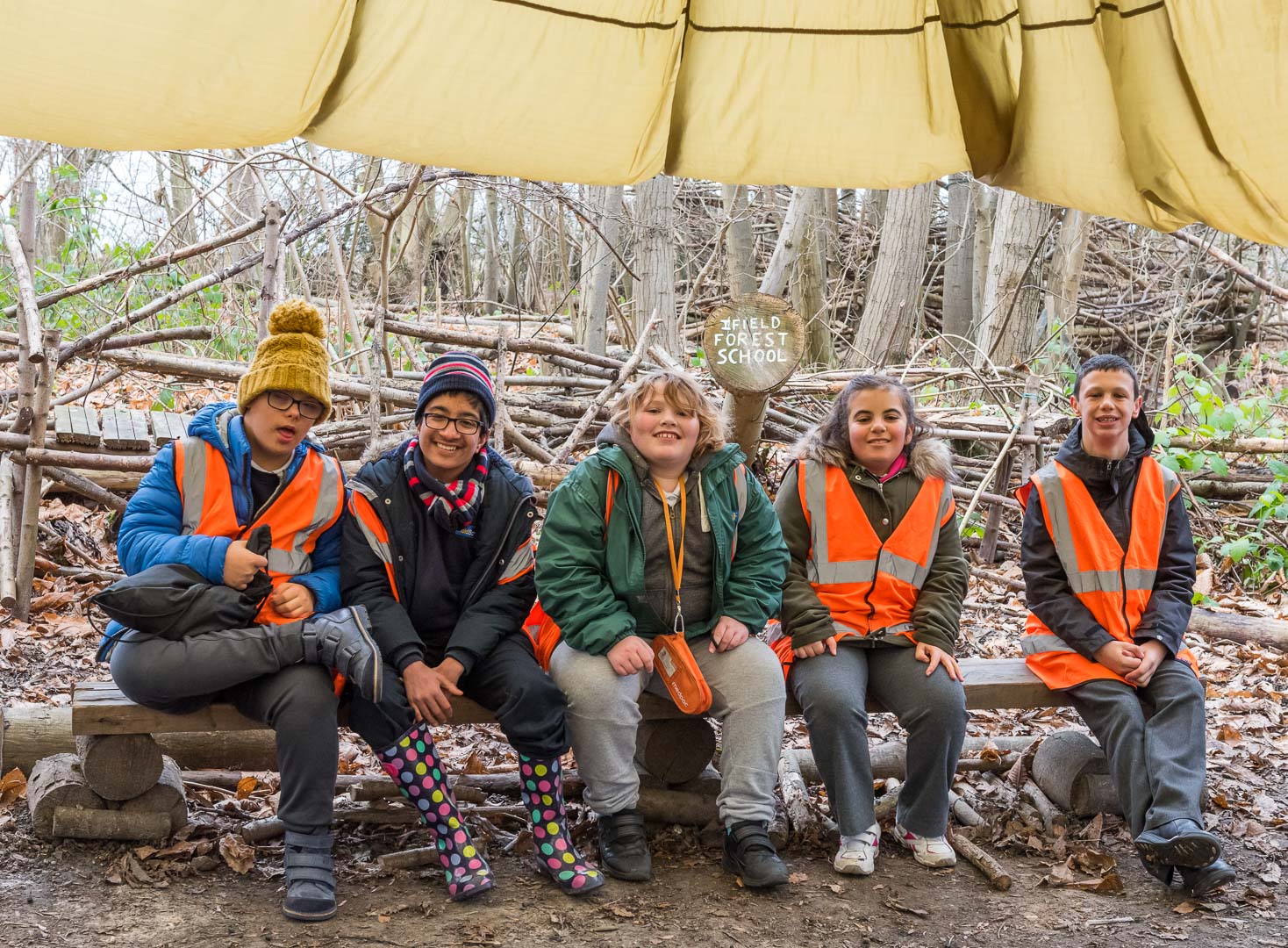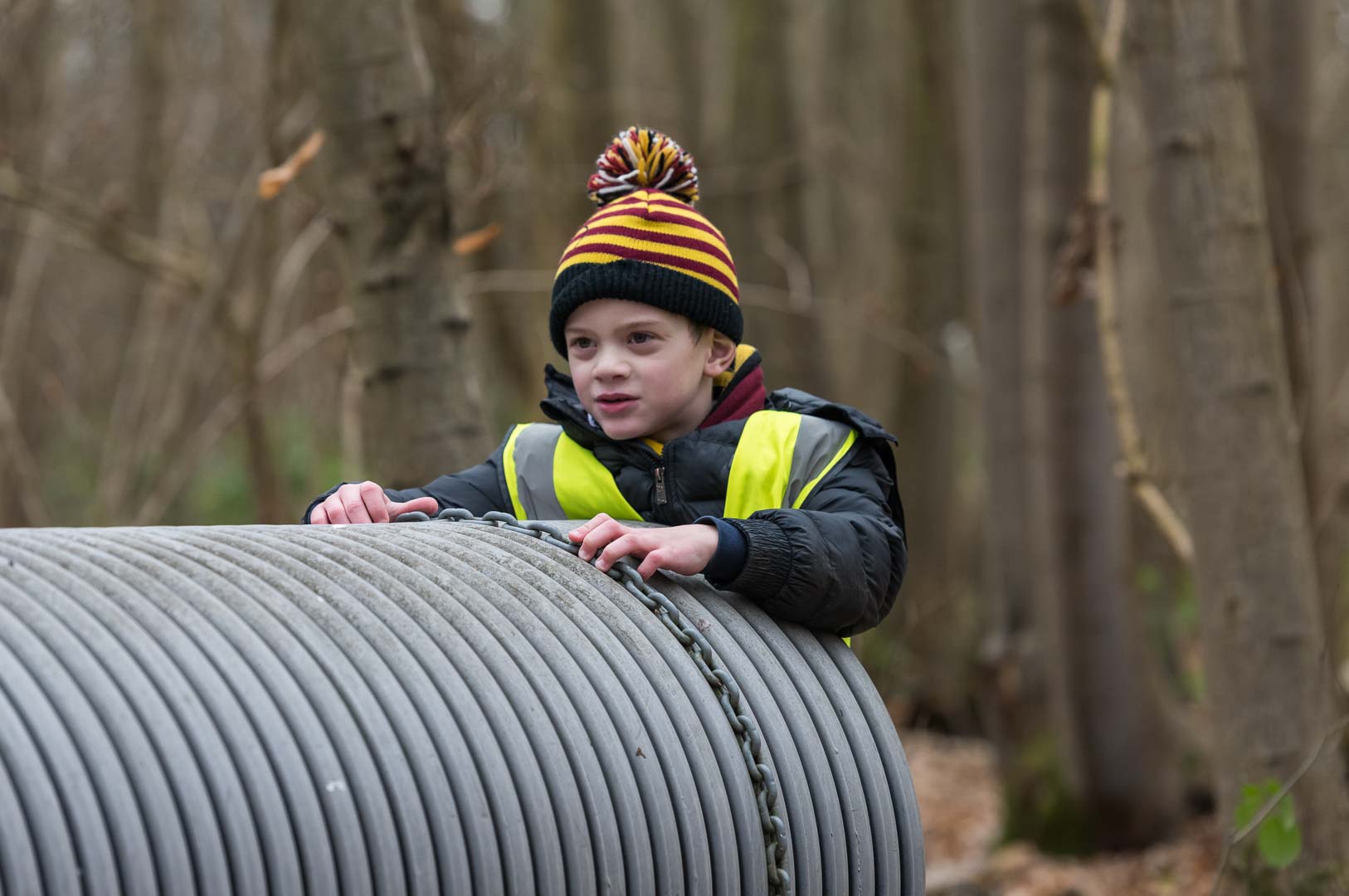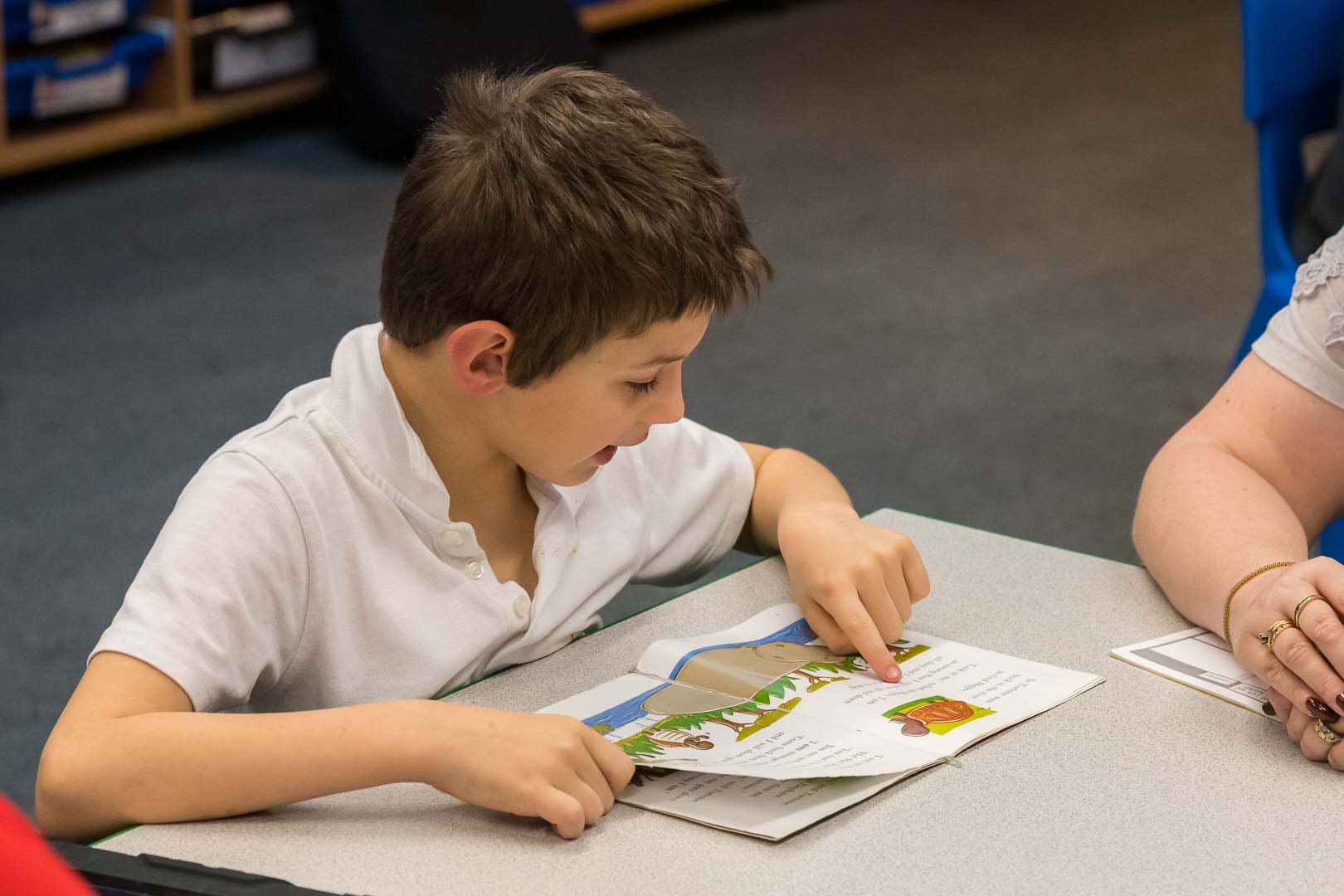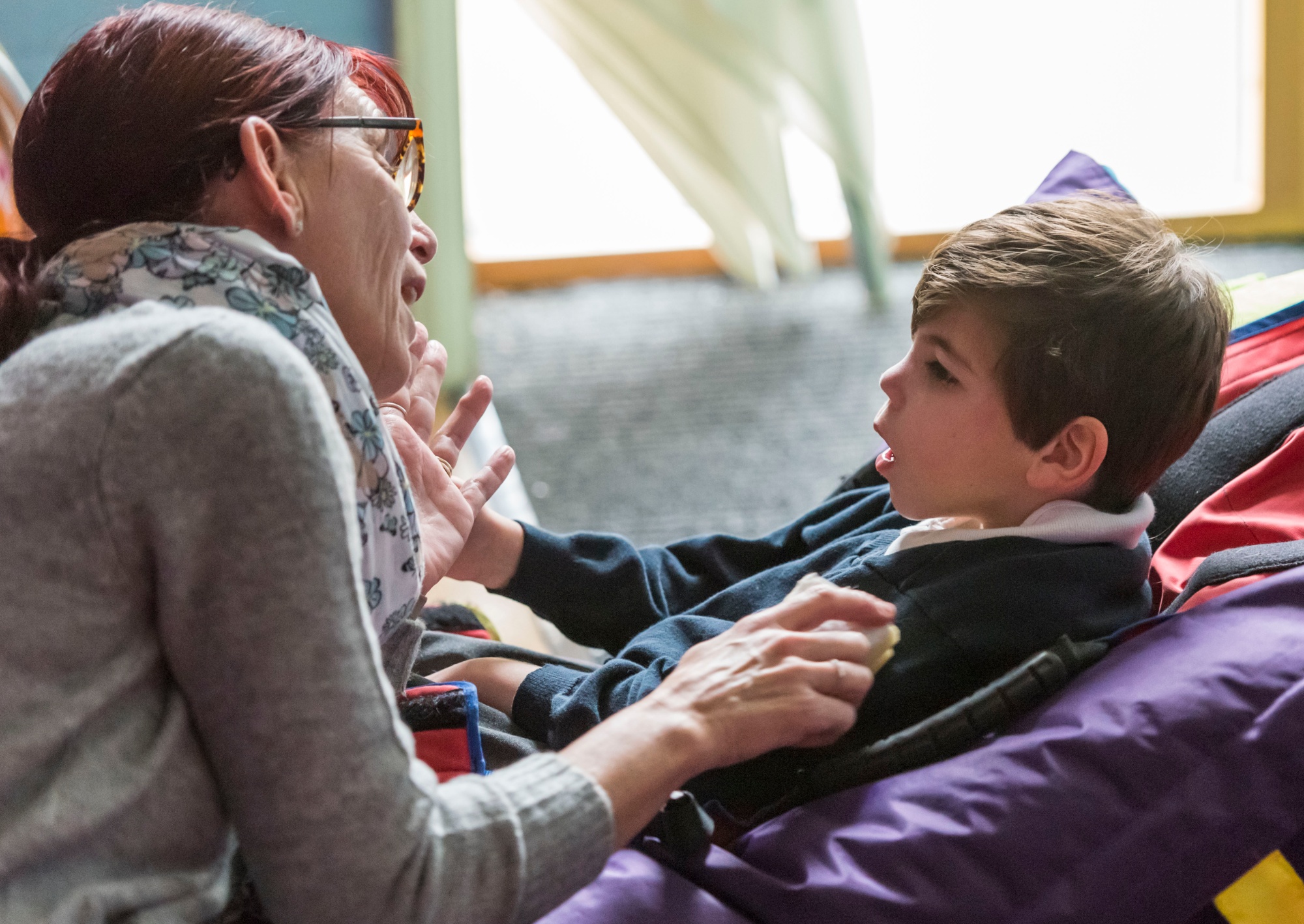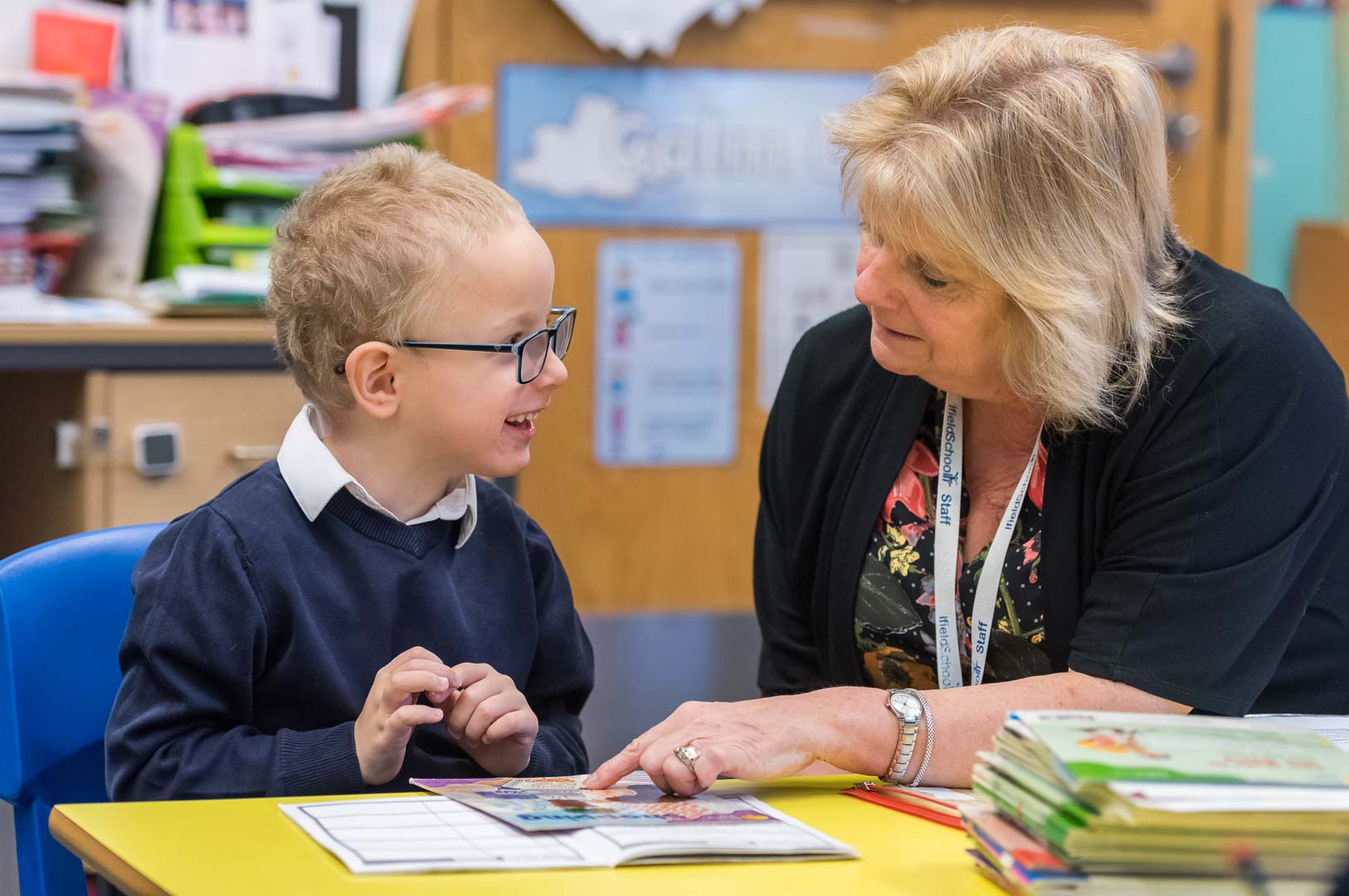What could be better than an outdoor classroom where pupils not only learn about but also experience the world around them? Ifield’s Woodland does just that! The natural setting of the wood encourages pupils’ learning within a natural environment and promotes their independence by challenging them to adapt to the different situations they encounter.
In creating our woods as a learning and social resource we are ever mindful of the need to uphold the integrity of the woodland itself. We do this by ensuring that, wherever possible, we use naturally occurring woodland materials and disrupt, as little as possible, the natural landscape.
Various zones, each providing different learning activities and opportunities, are linked by the woodland trail which has been created from wood bark. The trail provides a safe means of access to, and movement around, the site without affecting its natural appearance.
The woodland experience brings to life what pupils might otherwise only learn about and see in books. The opportunity to see, hear, smell and touch the natural environment around them develops their appreciation of nature and allows them to experience situations in, what is for many, an unfamiliar setting.
The connection between nature, trees in particular, and everyday life surrounds the pupils when they are in the wood e.g. wood bark paths, wooden seating in the story ring and amphitheatre area, the compostable toilet building and the pond area.
Pupils are taught about how wood is used to make furniture, musical instruments and frameworks for building houses. They learn about the coppiced trees, Ash and Sweet Chestnut, that are often used for fencing – and edging our woodland paths! Pupils are given opportunities to observe how logs are cut and used in the kiln to burn and produce charcoal that will later be used on the barbeque.
The woodland is a calm environment where pupils can learn whilst experiencing peace and quiet. It is a location that provides them with the outdoor space and tranquillity to explore and make discoveries independently or with support. Learning is multi-sensory and pupils are encouraged to express their feelings and make observations using either gesture or through vocalisation. Focused learning tasks and simple challenges are carefully planned to increase confidence and self-esteem. One of the most beautiful aspects of the wood as a learning environment is that its challenges are stimulating and enjoyable.
Groups of older children are actively involved in projects to develop woodland management skills. These include path laying, fencing and clearing overhanging branches along the trail. Future projects will include constructing low fencing around the Making Area and re-designing the Mini-Beast Area to make it more appropriate for younger pupils. A design brief has been presented to sixth form students and they will be involved in addressing and solving some of the problems. The woodland provides healthy exercise, fosters team work, and hones pupils’ practical and organisational skills.
